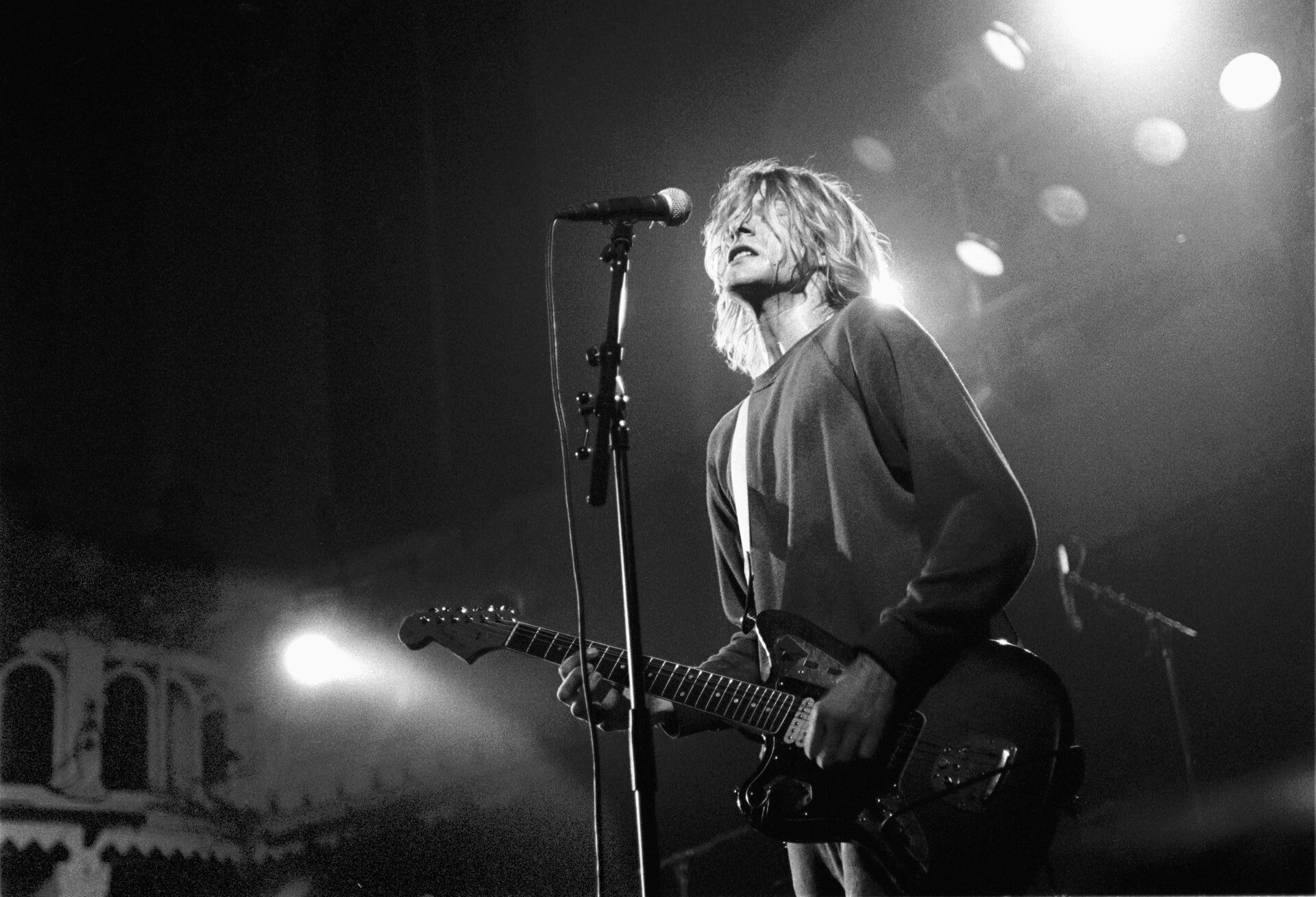PROFILE: Mr Kurt Cobain
The anti-fashion face of grunge
Words - Taj Hayer
Against a backdrop of a rising indie rock and grunge scene, Kurt Cobain would emerge in the early Nineties as a begrudging face of grunge and style, with his thrown together looks becoming a uniform for the disillusioned teenager.
If the music was introspective, languid and anti-everything, the clothes worn by its most charismatic frontman were the same. Cobain’s approach to dressing was to make it look as effortless as possible, consisting of Levi’s that were found on the bedroom floor the night before and worn high on the waist, heavy plaid overshirts and cardigans handed down from generations. Knits were always oversized and nothing at all was ever fitted and the general aesthetic was almost comically large. He also loved almost alien-esque Jackie O style shades which would become an iconic component of his grubby, androgynous look. Clothing was to appear as if did not matter at all.
Whilst brands and promotion of fashion was not on Nirvana’s agenda (an absolute unheard of in 2020) Cobain did often use fashion to deliver a message. T-shirts emblazoned with the names of the bands that he liked - Grateful Dead, Pixies was one way of showing love for bands that he liked. Other ways included scrawling messaged on white shirts and classic Chuck Taylor sneakers. Light years ahead of his contemporaries, the enigmatic young man saw no issue with wearing dresses in solidarity for the LGBTQ+ community and in support of women. Blessed with extreme good looks, he didn’t feel handsome and disguised blonde hair, great cheekbones and blue eyes with stubble, dirty hair and badly applied make up.
Following his marriage to Courtney Love in 1991, where he once again defied convention and donned a pair of green pyjamas and a bouquet, the fashion industry began to take note with Marc Jacobs creating a collection inspired by him for Perry Ellis. Kurt’s response? He burnt them.
Whether he would like it or not (he most certainly would not) Kurt Cobain would go on to be a style icon. In the same way that Audrey Hepburn’s little black dress, Jane Birkin’s bag and Marlon Brando’s leather jacket would all cement their position as constant sources of inspiration for designers around the world forever, so too would Cobain’s distressed, ripped jeans, floral dresses with chipped nail varnish and oversized sweaters.






